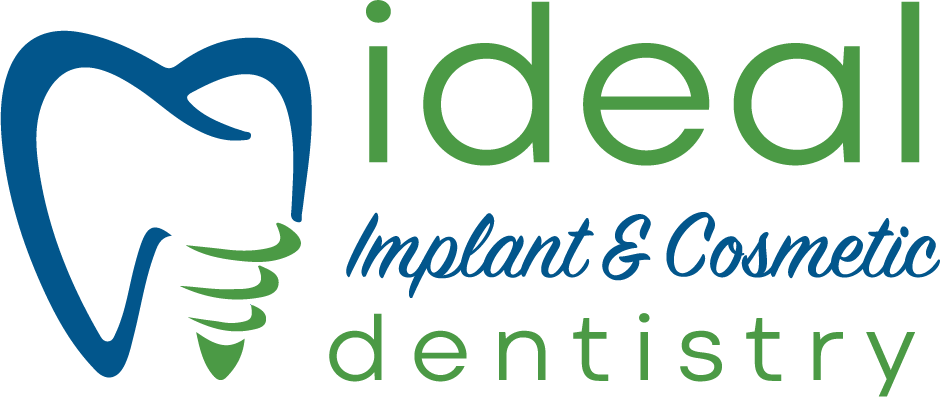Porcelain veneers are the pinnacle of modern cosmetic dentistry – they can give you the smile you have always dreamt of, but it comes with a catch. Veneers are not “one size fits all”. Beautiful, highly functional veneers are the most customizable dental procedure available, but also the most difficult. This has led to many incredible smiles, … Read more
General Dentistry
http://www.msnbc.msn.com/id/34979552/ns/health-pregnancy/ Gum Disease, the silent killer…This sad story, posted today on MSNBC, is a wake-up call for all of us. Gum Disease, and its associated bacteria, are deadly in more ways than we can imagine. This article discusses the new study that shows that the bacteria found in untreated gum disease has spread to inside the unborn baby. … Read more
Question: Why does my tooth hurt after it just received a new white filling? It did not hurt before! Answer: Your tooth should obviously not hurt after the filling, especially if it did not hurt before. In this practice I do not have patients complaining of pain after white fillings are placed. If you are … Read more
Over the last 10 years I have been researching natural alternatives in Dentistry, continuously seeking the healthiest form of treatment for my patients. Just repairing the problems that I encountered with my patients teeth seemed futile. It is not enough to just “fix what broke.” WHY did it break in the first place? WHY are your … Read more
Looks Healthy, Right?This Morning one of my staff members brought in a bottle of “Blueberry Tangerine Spring Water” from Archer Farms. She said she was trying to grab something healthier than soda! Well, I read the ingredients and tested the pH with my trusty pH meter. This is what I found: Loaded with Preservatives Loaded … Read more
What is the difference between a Cosmetic Dentist and an Accredited Cosmetic Dentist? Well, the difference is in the details. Understanding facial aesthetics, not just teeth, is critical. The goal with every cosmetic smile makeover is to improve the whole smile, the whole face, the whole person, not just the teeth. Here are a few … Read more
Here are some pictures of “second opinions” I have given and what my thoughts were. When patients tell me that I am “more expensive” then another dentist in town, I can not help but imagine what type of dentistry this patient really want in their mouth. My answer, always, is to have the patient compare apples to … Read more
A recent article in Forbes (November 16, 2009) described the difference between dental insurance and dental discount plans. It made some great points that I would like to mention here. According to this article, “the average individual dental insurance plan costs $554 – and that’s for a limited network of providers… Even using one of … Read more
So you want Beautiful White Teeth but you dread the idea of having your teeth ground down to little stubs. I feel the same way about my teeth and would most certainly want the most minimally invasive approach. The problem is that these “stick on veneers” like lumineers can look fat, opaque and bulky, not … Read more
I feel it is critical to address this question that I hear all the time: “I want to wait on treatment for that tooth. I understand it has a little decay in it, but IT DOES NOT HURT. Let’s watch it and see how it feels next time.” If I had a quarter for everytime … Read more
